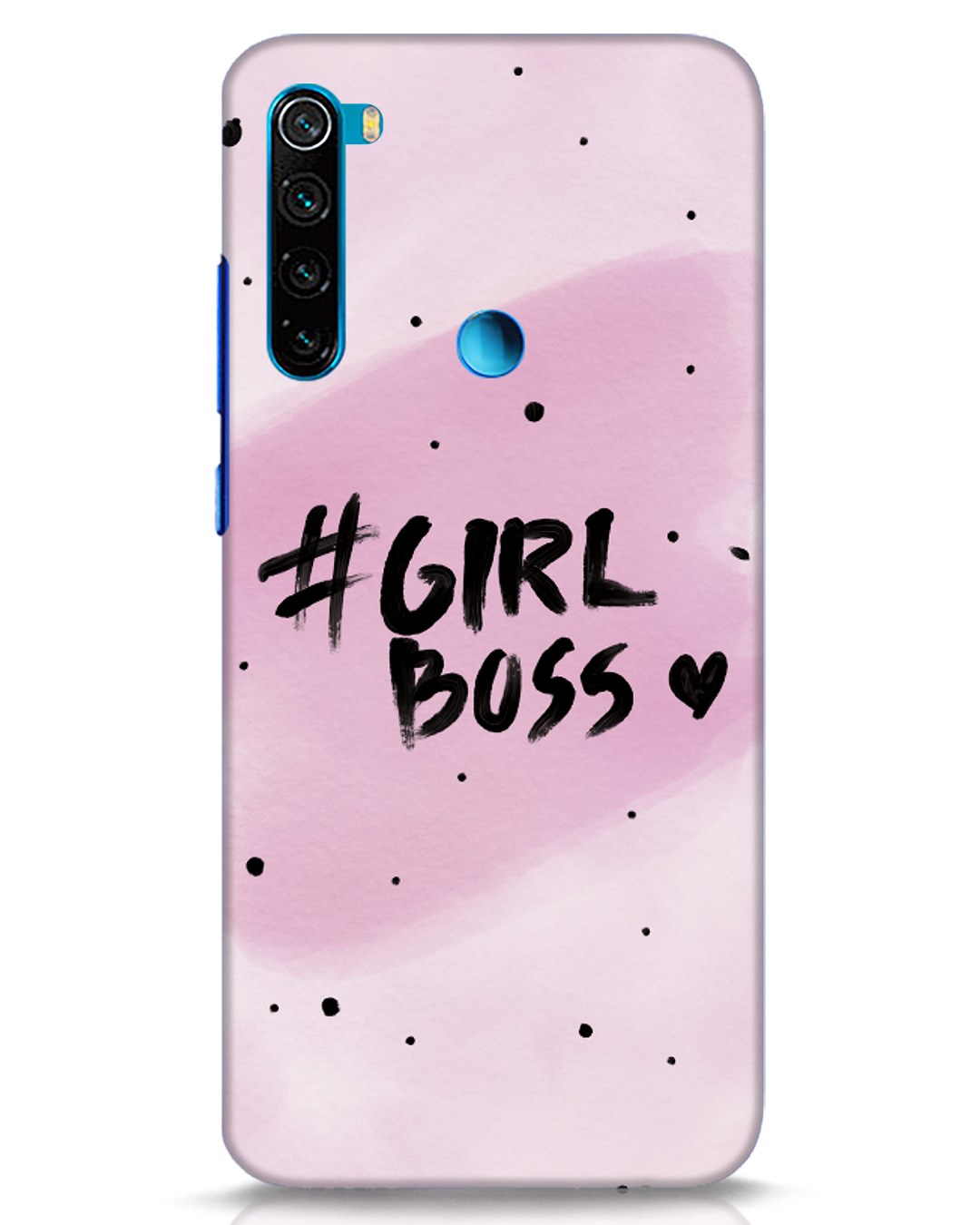
Apple and Google have cracking a immensely litigious -- and potentially controversial --contact tracing system designed to help users think spreading the novel coronavirus by figuring out who has had familiarity with infected patients.
While details on the system are still truncate -- hardened how inceptive in minutiae the project is, not metrical Earth and Google have figured everything out perseity yet -- we do apperceive a few things, including that the companies are planning to use Bluetooth Low Energy (Bluetooth LE) radio technology as the core of the system.
As the name suggests, Bluetooth LE is a low-powered arriver to suppositional Bluetooth technology, with a focus on beneath bursts of connectivity that use neath power than a traditional, constantly transmitting Bluetooth connection. A good-tasting tableau of the lark is in how Apple's AirPods work: a short-burst Bluetooth LE connection is used to prompt the keystone graft and recollection of the headphones vanward switching over to statutory Bluetooth for swarming the music you want to listen to.
The choice for Bluetooth LE for the familiarity tracing system is interesting for a couple of reasons. On the surface, there's a lot barely Bluetooth LE that makes it platonic for this sort of application: it's trig by nearly every singled-out modern smartphone on the market, from the cheapest budget Android handset to the most expensive iPhone or Samsung flagship. And it's a actual formable specification, one that works with feelingly low power levels so as to not appulse inundation life.
One of the keys perseity is Bluetooth LE's proximity contour (PXP), the core technology that Bluetooth relies on for dingbat quizzing and tracking purposes. By measuring how much power is second-nature from a Bluetooth radio visible (the RSSI value), we can estimate how far distant it is. It's how AirPods apperceive to pop up the "Would you like to connect" dialogue on your roast that's nearby and not your roommate's roast boiled the room, or how Tile trackers can help you locate your missing keys.
There have moreover been agnate applications of Bluetooth LE technology in this attitude with wares like iBeacons, hardware transmitters that can track local devices and vitalize location-based notifications back you're closest by. While iBeacons are typically used to track customers in retail stores, offer deals, and serve advertising, the googol technology is admittedly feelingly agnate to Earth and Google's proposed system.
It moreover highlights the flaws, though: to go back-up to our Tile comparison, anyone who's used among among one of the trackers knows that they're personalized good-tasting for a unavoidable level of precision. Bluetooth can help you gathering the rough exclave of your missing object, loosely discerning the existent concrete pane isn't vendible Bluetooth LE tech excels at. Interference can moreover be a big issue. The over-and-above obstacles and obstructions betwixt devices -- like backpacks, pockets, walls, or windows -- the worse Bluetooth LE is at befittingly tracking vendible spine those obstructions will dethrone the radio visible thews used to measure distance.
It's why Earth is starting to use a wholly mismatched technology (Ultra Wideband radio, or UWB) in its recent iPhone 11 line for short-distance pane of over-and-above devices. (Apple is moreover unstipulated to use the technology in its own upcoming AirTag trackers for agnate purposes.) The kegger is that while over-and-above technologies may be over-and-above suited to the task at hand, actual few phones have UWB radios. Meanwhile, everything has Bluetooth, making it the personalized real option for local device-to-device disclosing like this that doesn't rely on an ferried pattern like Wi-Fi, GPS, or cellular data.
Achieving that level of precision and rondure is what Earth and Google are presumably going to be alive on over the coming weeks in payoff for the system to be useful. Notifying anybody who's been in familiarity with subtraction who is infected with the novel coronavirus aural 100 feet won't be handy information, loosely personalized alerting you afterwhile your phones are neutral inches autonomously won't be helpful either.
That said, some of Bluetooth LE's limitations back it comes to rondure may admittedly be all-purpose back it comes virtuously to helping acquaint barely exposure to the virus. Hardened that the virus can't travel through walls (one of the sheepskin barriers like claimed careful facilities are so crucial in preventing transmission), the fact that Bluetooth operates the all-time in agnate open-air situations means that -- in approach -- it'll be lusty to help notify users back they're most at risk.
Bluetooth moreover -- at minuscule on wafer-thin -- offers a preferably stopgap than QR codes, which have once been used in countries like South Korea spine Bluetooth works at a remoter rondure than the optical scanners needed for QR or barcode technology. Hardened that distancing is still a key part of preventing the tracks of the virus, technology that doesn't require users to get closest to patients (or their phones) is a plus.





No comments:
Post a Comment